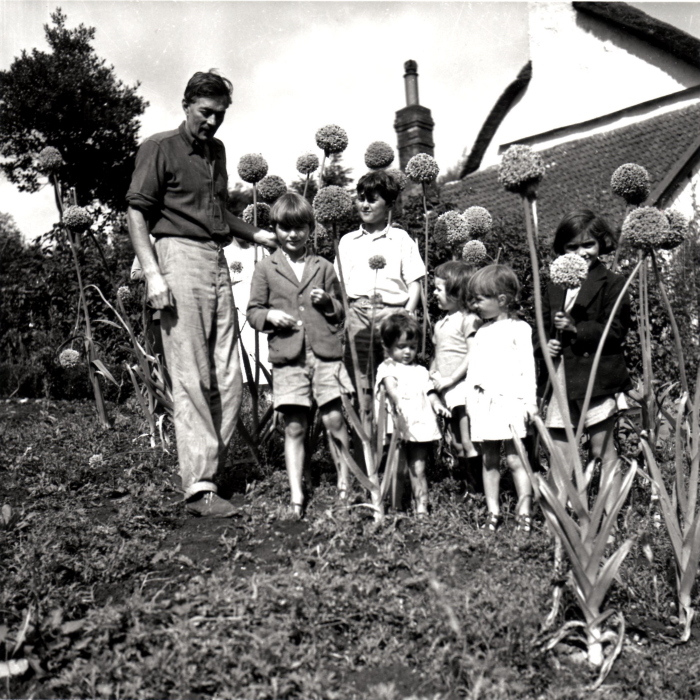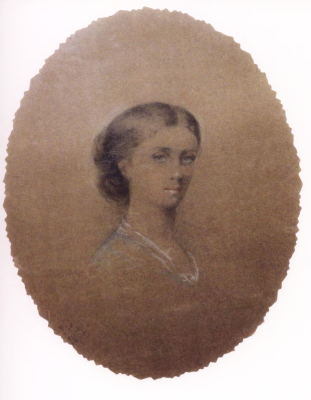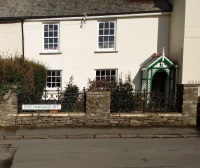Henry and Richard Williamson

Henry Williamson, with his children in the onion patch at Shallowford, in about 1936.
Richard is the smallest child, in the centre.
|
Richard Williamson,
writer and naturalist, was born in
Barnstaple at Ebberley Nursing Home on 1
August 1935 at the time his father was just
finishing the writing of Salar the
Salmon. His mother's family lived in
Pilton close to Manning's Pit. He told us: ‘I inherited my love of nature from both mother and father. Mother’s Hibbert family, Victorian gentry on both sides (her parents were both Hibberts), had been prolific collectors of bird’s eggs and snail shells, and were landscape water-colour artists of quality in their own right apart from the Frederick Lee connection. Father encouraged my own interest by showing me the nest of rare birds such as terns and wrynecks and taking me camping among the streams to see wild otters and kingfishers. Among several memorable events I particularly remember a walk together round Baggy Point when we watched a peregrine falcon fly down a pigeon over Woolacombe Bay, an absorbing and thrilling sight. He also taught all of us children never to drop litter and indeed to clear up other people’s litter. Going for a family bathe at Barricaine Beach at Woolacombe involved first picking up all the rubbish we could find from amongst the urban seaside brigade and burning that in front of them in a large bonfire, much to their amusement and total incomprehension.’
Tarka the Otter and Salar the Salmon.
These two
books of Henry Williamson's are among the
most famous and well researched of all books
about wild animals. His wife Ida Loetitia
Hibbert was Richard Williamson's mother, and
Henry met her while researching otter
hunting, and described her in the book. She
is the young girl on the bank in this
excerpt from near the end of the book: For two minutes the maid sat silent, hardly daring to to look at the river. The dragonfly flew over the pool, seizing flies and tearing them apart in its horny jaws. Her father watched it as it it settled on the snag, rose up, circled and lit on the water, it seemed. Tarka sneezed again, and the dragonfly flew away. A grunt of satisfaction from the old man, a brown hand and wrist holding aloft a hat, a slow intake breath, and, Tally Ho!
Ida Loetitia's grandmother,
Sarah Hibbert, lived in Pilton and was an
important person in Henry's life. He
called her “Grannie.”
Anne Williamson, Henry's daughter in law, says that when Henry received the letter telling him he had won the Hawthornden Prize for “Tarka The Otter,” he was told to keep this news an absolute secret, but he ignored that and wrote straight away to "Grannie," enclosing the very letter. Anne writes: " She appears to
have been unfailingly gracious to him and
her experience as an artist's daughter and
well travelled woman no doubt gave Henry a
sense of empathy. Her letters were always
kind and encouraging and would have been
very soothing to Henry." We would like to thank both Richard and Anne Williamson for their support in both this Exhibition and our general campaign. For more information about Henry's life and books: The Henry Williamson Society
|

